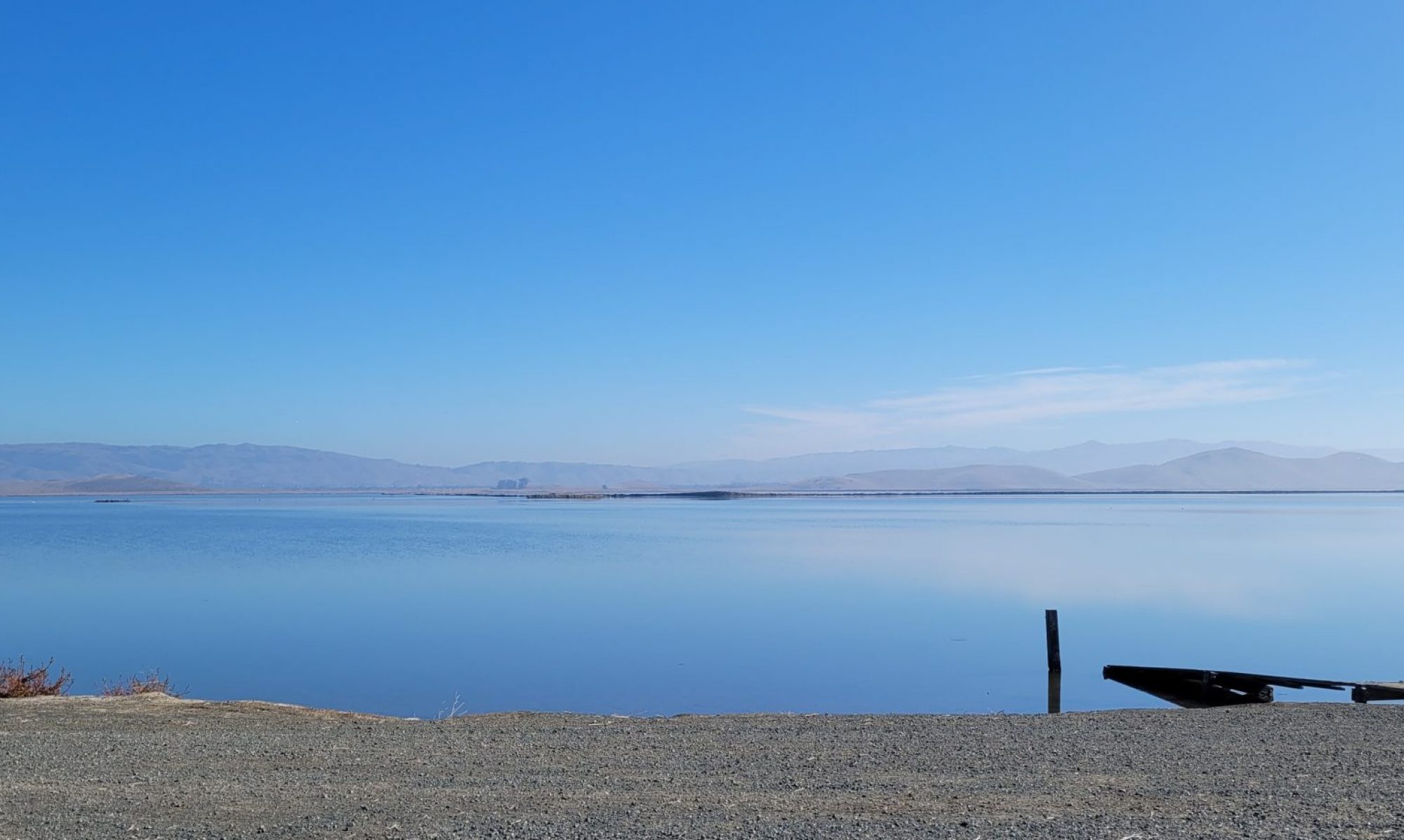
When you visualize “medieval traders of Persian textiles,” Vikings may not be the first thing that comes to mind.
Yet the Scandinavians were masterful travelers who, despite their reputation for looting, were also supreme world traders. They had access to their own products from the Silk Road and navigated their own pathways into the heart of the world exchange that took place on the central Asian steppes. As much as some would like to debunk the idea, you can’t argue when the evidence is dug up a Norwegian back yard.
Where the Bodies Were Buried
The Viking ship above, called a karve, was discovered near a farm in Southeastern Norway at the beginning of the 20th century. (Discovered near a farm … hmm … perhaps that means a plow hit an immovable object one fine Osebergian spring morn?) A Swedish archaeologist took charge of unearthing the site in 1904-05. While precious metal items were missing, they did find two female skeletons and a big stash of goods still remained.
Continue reading “V is for Vikings”


